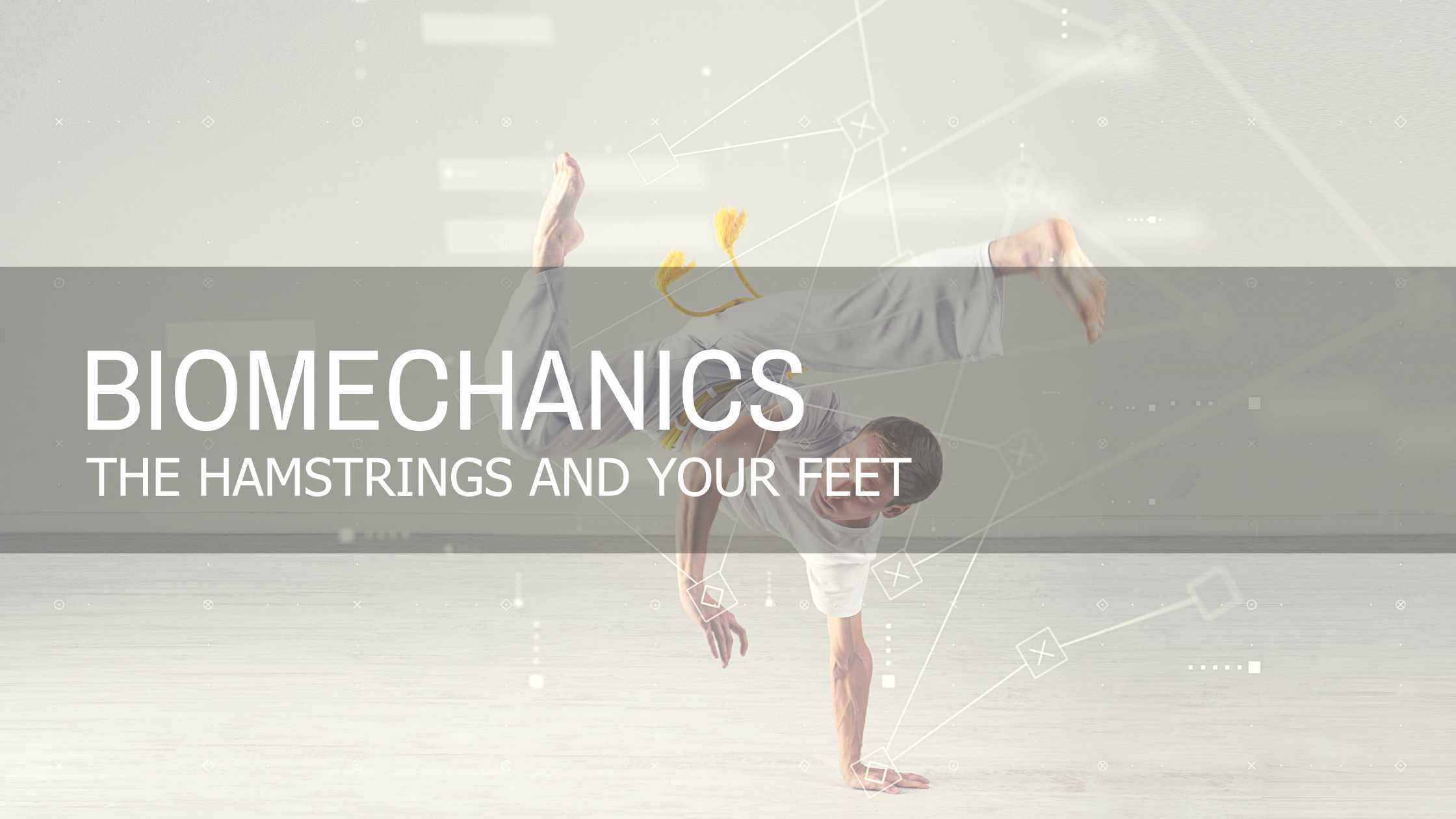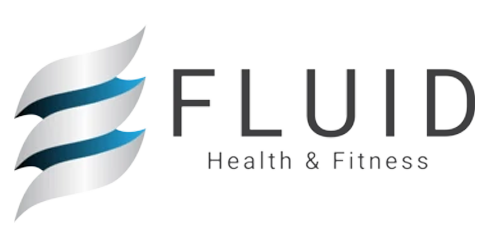
Sep 13 , 2021
0 Comments
Designed to Move | The Hamstrings and Your Feet
The human body will always find a way. This is a hardwired necessity from a history of environmental unpredictability and the uncertainties of life. This is seen in adaptations as simple as a callus forming on your hand from the excess rubbing of a rake while working in the yard to more complex changes of the bone structures, such as spurs developing to fortify an area of vulnerability in the body. Whatever the case, the body is wonderfully designed to compensate when it is challenged or when things go wrong.
When it comes to human movement, patterns of compensation can occur when there is movement dysfunction. This happens for several reasons. Anything from past injuries to the repetitive activities of daily living can imprint their effect on the formation of cells and even the DNA of the body. The body is continually being shaped and reshaped.
The Problem
Patterns of Compensation
The problem is that maladapted movement can reshape the body for the worse. What’s more concerning is that it can even reduce the efficiencies of how it functions and heals. A movement compensation is created as the body tries to make up for a lack of movement in one area by creating movement in another.
The body creates a muscular, structural (e.g. bones, ligaments, tendons) and neural strategy for adapting to the new set of conditions. This is basically an avoidance strategy. Think about how you walk when you stub your toe. Your pattern of walking will change as you shift your weight to avoid putting pressure on the affected foot. This is an example of a compensation pattern.
Pain, injury, and structural imbalances are just a few of the reasons the body employs compensation patterns when its original option is no longer viable.
Excess Foot Pronation | A Common Movement Compensation
The foot is meant to be strong and stable. When it comes to human movement, the foot plays an important role. It’s the first area that comes in contact with the ground during gait (walking) and acts to absorb ground reaction forces. Often, the foot isn’t strong enough to handle these forces, leading to a falling in or collapsing of the arch. This sets off a chain reaction in the leg and the entire body as it tries to compensate for the lack of stability.
When the foot flattens (pronates) toward the floor, the shin bone will rotate inward with it. This inward movement collapses the knee and thigh bone (femur) towards the midline of the body. This is called knee valgus. It places a tremendous amount of pressure on the knee and connective tissues. Especially the Achilles and ACL.
To adjust for this inward/medial rotation, the body must compensatorily recruit certain muscles to oppose the tension by eccentrically contracting to decelerate knee valgus. Basically, they contract to stabilize the knee from collapsing inward. These include the lateral hamstrings (biceps femoris), lateral quad (vastus lateralis), and lateral calf muscles (peroneals). All these muscles become overactive and tight which leads to compensation patterns in the pelvis and lower back. This also weakens certain muscles like the posterior tibialis responsible for maintaining the arch of the foot.
How does This Happen?
Improper biomechanics of the body plays a large role in the process. One of the common reasons for overpronation is a lack of normal ankle range of motion. The posterior muscles of the calf tend to be tight and shortened creating a restriction in the mobility of the ankle. When you are unable to bend the ankle backwards (dorsiflex) properly, you won’t be able to let the knee travel forward enough for your body to move its center of mass over the foot. As a result, your foot will collapse inward (pronate), and the knee will drift in (valgus) internally rotating your hip as a compensation. This impacts your entire kinetic chain.
Often, individuals try to correct for the overpronation with special arch-supported shoes and orthotics which does nothing to correct for the real issue. The overpronation is a needed compensation for the lack of mobility in the posterior calf muscles. Taking this compensatory element away without reducing the tension in the calf muscles will inevitably create compensation in the knees.
Yes, There is a Solution!
- Recognize which muscles are responsible for proper ankle mobility and pelvic stability and strengthen them (such as the posterior tibialis and gluteus medius).
- Decrease the recruitment of the muscles that compensate for knee valgus (such as the biceps femoris).
- Condition your nervous system with balance movements that coordinate the appropriate muscular firing patterns, including the lumbo-pelvic hip stabilizers and leg muscles. (You’ll get an example in the video below so read on!)
- Reduce movements that emphasize the use of your hip flexors, posterior calf muscles, and leg internal rotators.
- Be mindful of your posture and how you walk - as you transition your weight from your heel to your forefoot try not to let your foot flatten out by pressing your big toe down a little. This will help to increase the strength of the medial arch muscles in the foot.
How to Assess?
Want to find out if you have excess pronation going on in your body? Here is a quick movement assessment you can complete to determine if you exhibit the signs. In front of a mirror and without your shoes on, stand with your feet shoulders-width apart and pointed straight ahead. Raise your arms overhead with the elbows fully extended. The upper arm should be right in line with the ears. Squat down to roughly the height of a chair without letting the arms fall; then go back to the beginning position. Repeat several times. Did you lean forward excessively so that your upper torso drew forward over the knees? Did your foot rotate out or flatten as you squatted down? Did either of your knees rotate inward as you squatted down? If you answered yes to any of these questions, you tested positive for this common posture problem and you’ll want to pay attention to what comes next and watch the accompanying video on how to correct it.
Simple Corrective Methods
Correcting Overactive Muscles
Because we move in patterns, our bodies favor the use of certain muscle groups over others. Since we all have a high rate of exposure to the causes of excess pronation, this can place our biceps femoris in a shortened and inflexible position. You’ll want to lengthen the biceps femoris via self-myofascial release, then follow the myofascial release with static stretching.
Below are the muscles you’ll want to focus on for excess pronation imbalances this week:
- Biceps femoris
- Rolling or self-applied pressure using self- myofascial release for 30-60 seconds each
- Stretch or lengthen for 30-60 seconds each
Correcting Underactive Muscles
As mentioned above, pain in the body is commonly caused when how we move forces certain muscles to work overtime, while other muscles become lazy and don’t want to function. You’ll need to wake up these lazy muscles through isolated strength movements.
The posterior tibialis and the gluteus medius are the muscles you’ll want to isolate this week:
- Posterior tibialis | Band Foot Inversion
- Gluteus Medius | Lying abduction
- Global Sling Systems | Single Leg Multi-planar balance2 sets on each muscle group 10-15 reps using a slow opening of the muscle, isolated hold at the bottom of the movement, followed by a controlled shortening of the muscle.
Now that you know which muscles are typically underactive and overactive, let’s put it all together for you. Watch the video for a step-by-step breakdown on how to target each of these areas. Before you get started, make sure you have a lacrosse ball handy.
Start off by applying the techniques three times a week and build from there. Every so often, reassess your posture and see how far you’ve progressed. Soon, you’ll start to see noticeable changes in your body position and mobility!




